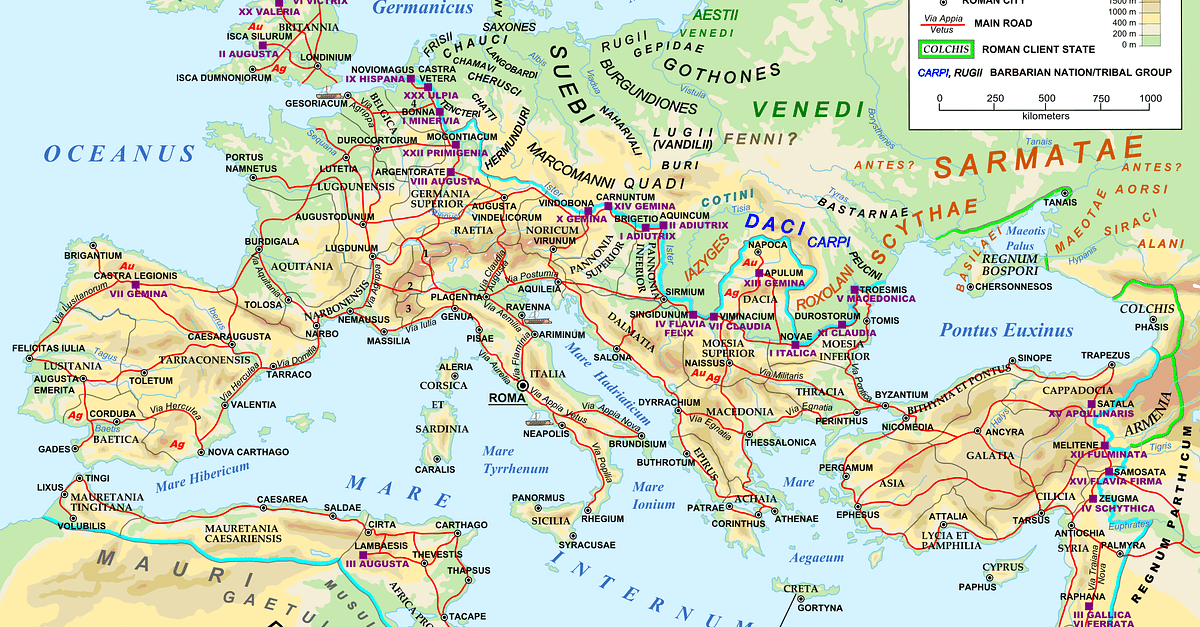
The history of Europe is breathtakingly complex. How the European Map Has Changed Over 2,400 Years The “heroes” of The Financial Crisis such as Michael Burry and Steve Eisman were able to recognize a disaster, while making smart decisions to help them build their own empires and legacies. Things were gruesome for many of the empires that imploded, but there were certainly people that were able to prosper even in spite of the tough times. Lastly, even in the wake of the worst crash, there are opportunities available to build something great. Many of these companies did not see the writing on the wall as it happened, and now Apple, Spotify, and other companies are eating their lunch. The music industry was once a machine: there was an oligopoly of major labels that could produce radio singles and market them to rake in money. We must be vigilant to spot cracks in our investments and business ideas at all times, because even the mightiest companies can bite the dust. What important lessons for business and investing can we take home from the cyclical nature of empires?įor one, even empires that once seemed impenetrable have fallen apart. The following infographic from Just the Flight looks at the greatest empires of history, and their geographical and political footprints. To the south of the Mediterranean, the Umayyad Caliphate became one of the greatest empires ever formed. The nomadic Huns unified a formidable empire under Attila in the grasslands of the Western Steppe. The Byzantines would take over in the East, and centuries later the Holy Roman Empire eventually would emerge in the West. While there are many complex factors involved in this including the debasement the empire’s currency, this collapse set the stage for the next cycle.

Yet, despite massive amounts of riches and its fearsome legionaries, Rome slowly but surely self-destructed. Even the most powerful empires have crashed and burned – and it is this creative destruction that creates the next opportunity for new civilizations and cultures to rise.Īt its height, the Roman Empire spanned across 5,000,000 km² with 70 million people within its borders.

Just like the stock market, the history of the greatest empires is cyclical in nature.


 0 kommentar(er)
0 kommentar(er)
